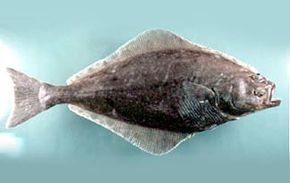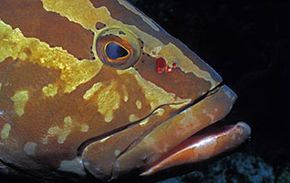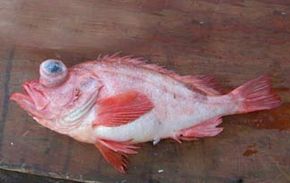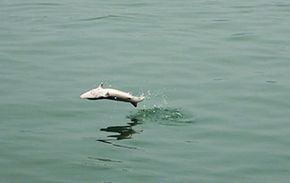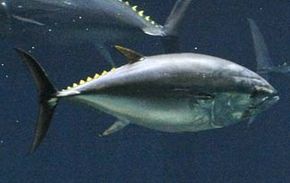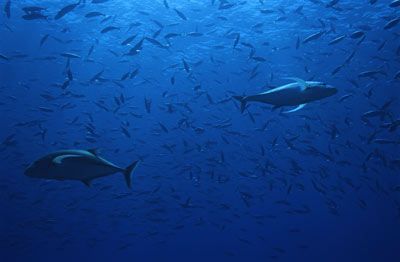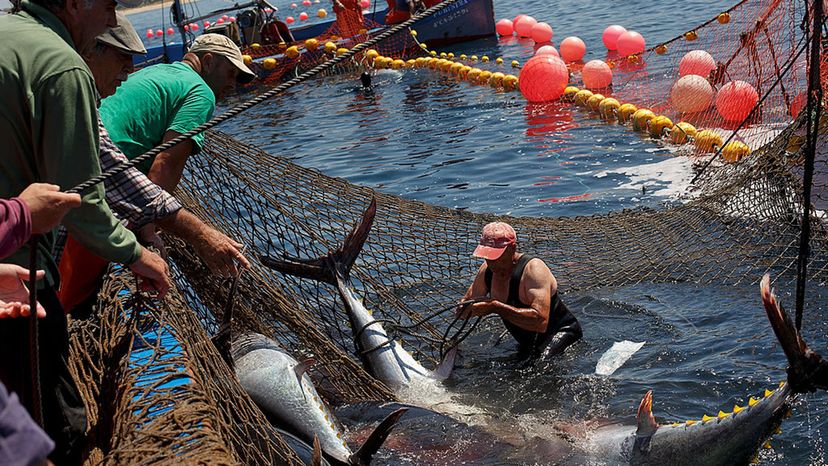
Key Takeaways
- Overfishing is the greatest threat to many fish species, leading to their endangered status, as seen in the Atlantic Halibut, Beluga Sturgeon and Southern Bluefin Tuna.
- Habitat loss, pollution and climate change also contribute to the decline of fish populations, such as the Red Handfish and European Eel.
- Conservation efforts include releasing captive-bred individuals and creating protected areas, but challenges like international regulation and illegal fishing persist.
"There are plenty of other fish in the sea," goes the old cliché. But are there, really? According to the International Union for Conservation of Nature's (IUCN) Red List of endangered species, 1,616 species of fish are at risk for extinction; another 989 are endangered and 627 are critically endangered. While habitat loss and pollution are significant factors in the decline of these species, the greatest threat by far is overfishing.
So, what if one of these endangered fish ends up on your hook? The best policy is to release it back into the water, but not before making a few observations. When did you encounter the fish? In what location? How many fish did you see and what size were they? Were they adult or juvenile? What activity did you observe (swimming, feeding)? You should provide this information, along with any photographs you might have taken, to local wildlife officials.
Advertisement
While it's difficult to determine which fish are the most endangered, the following list represents 10 endangered fish commonly harvested for food.
